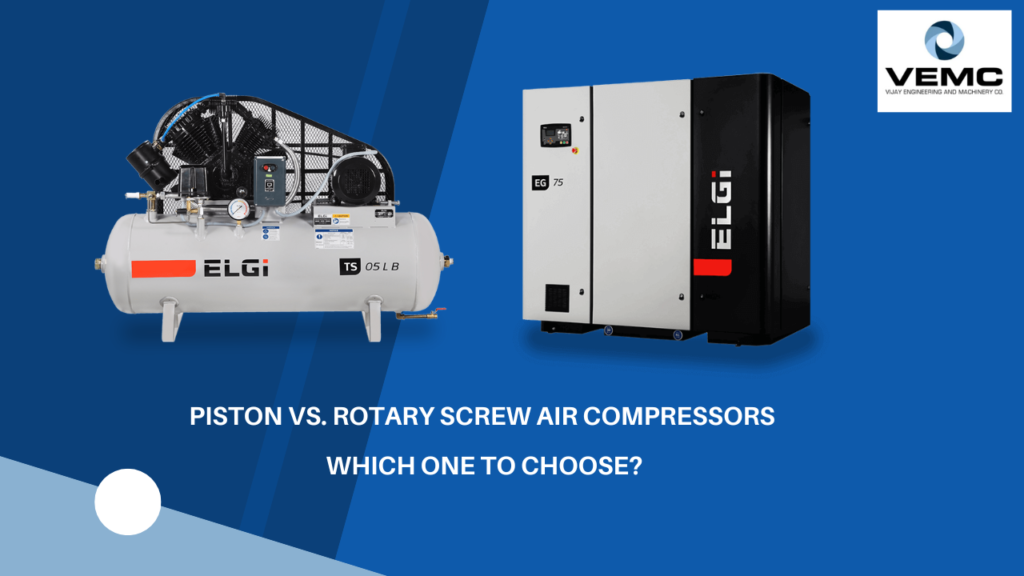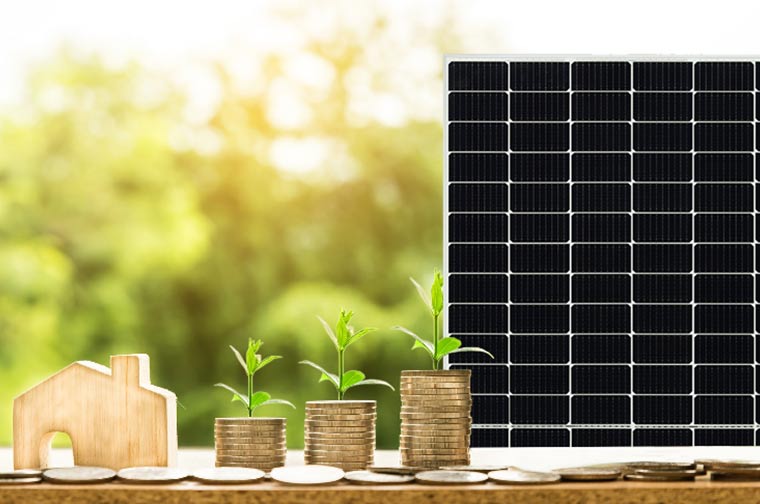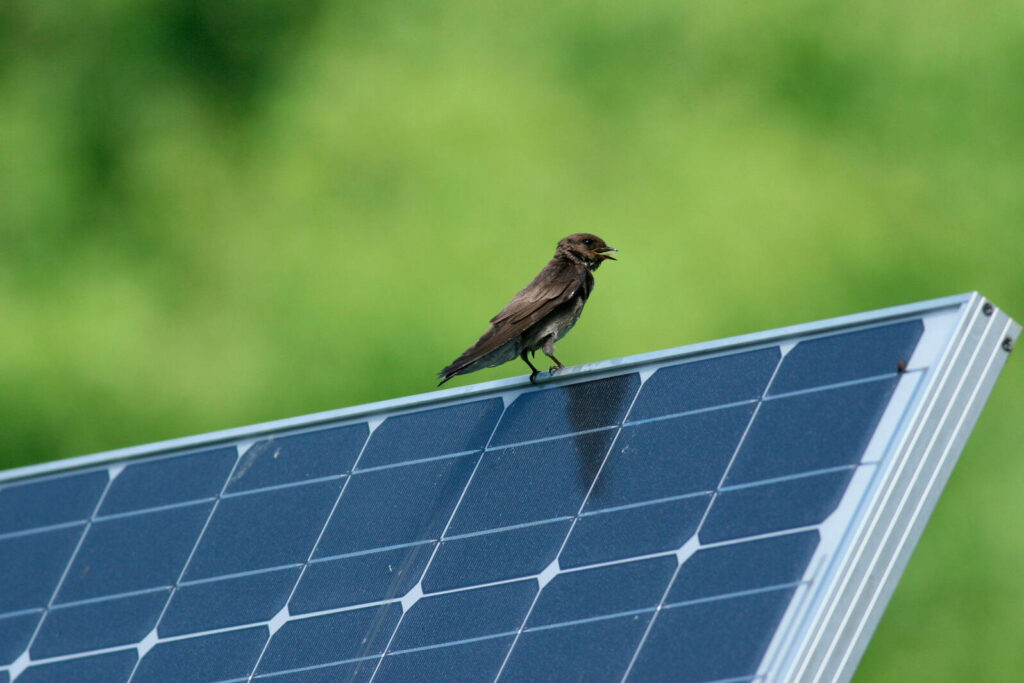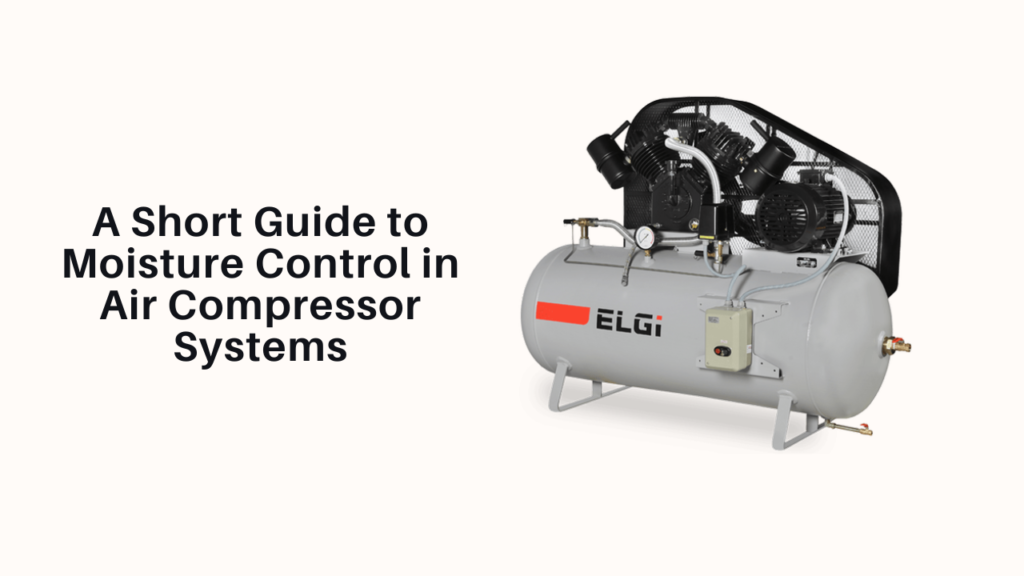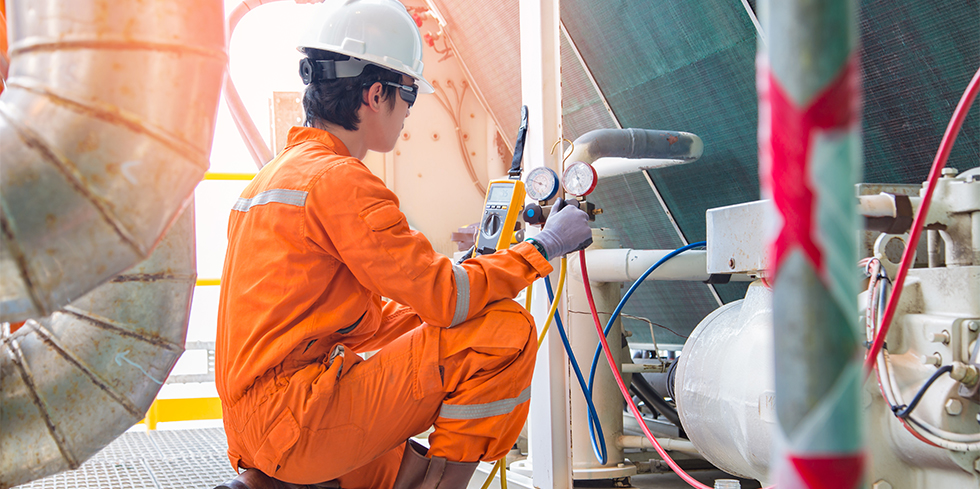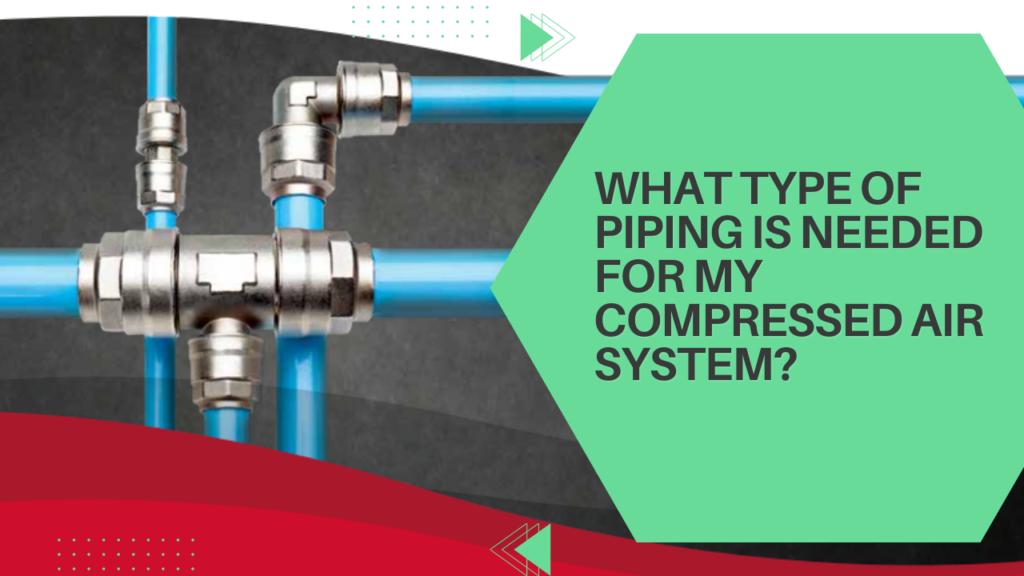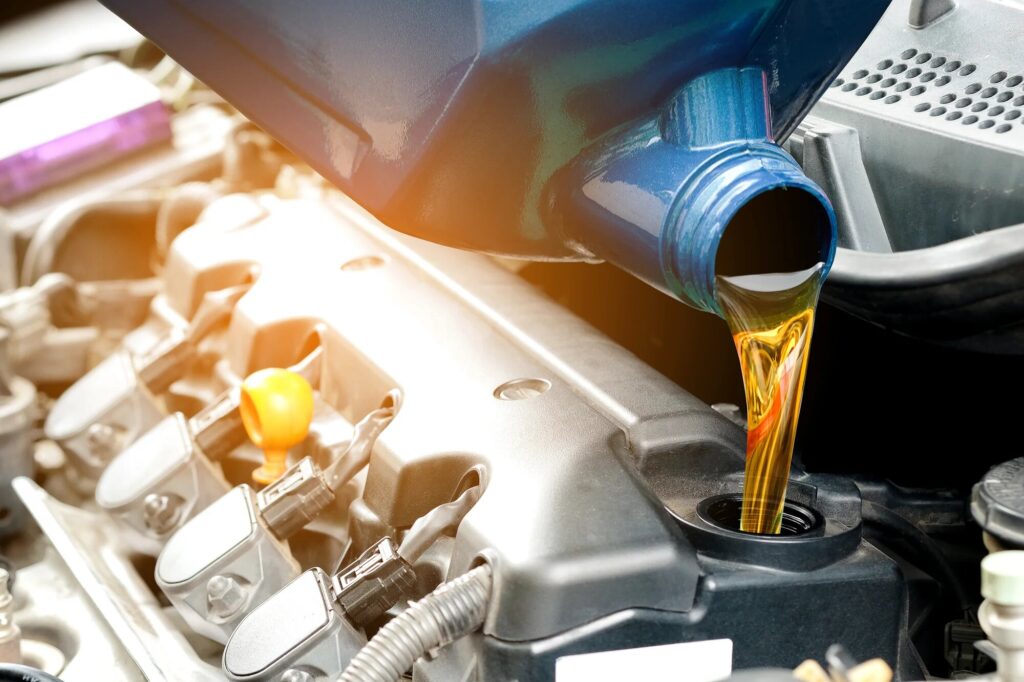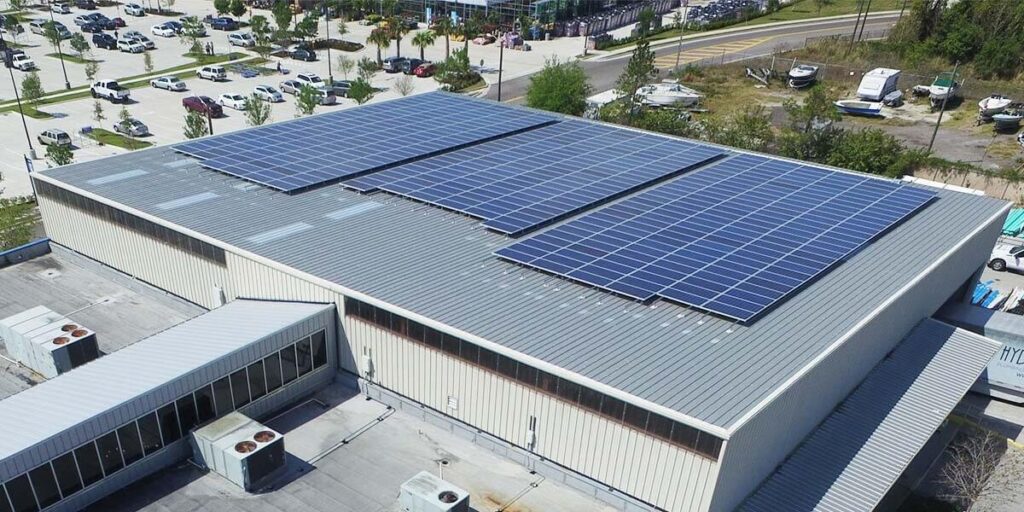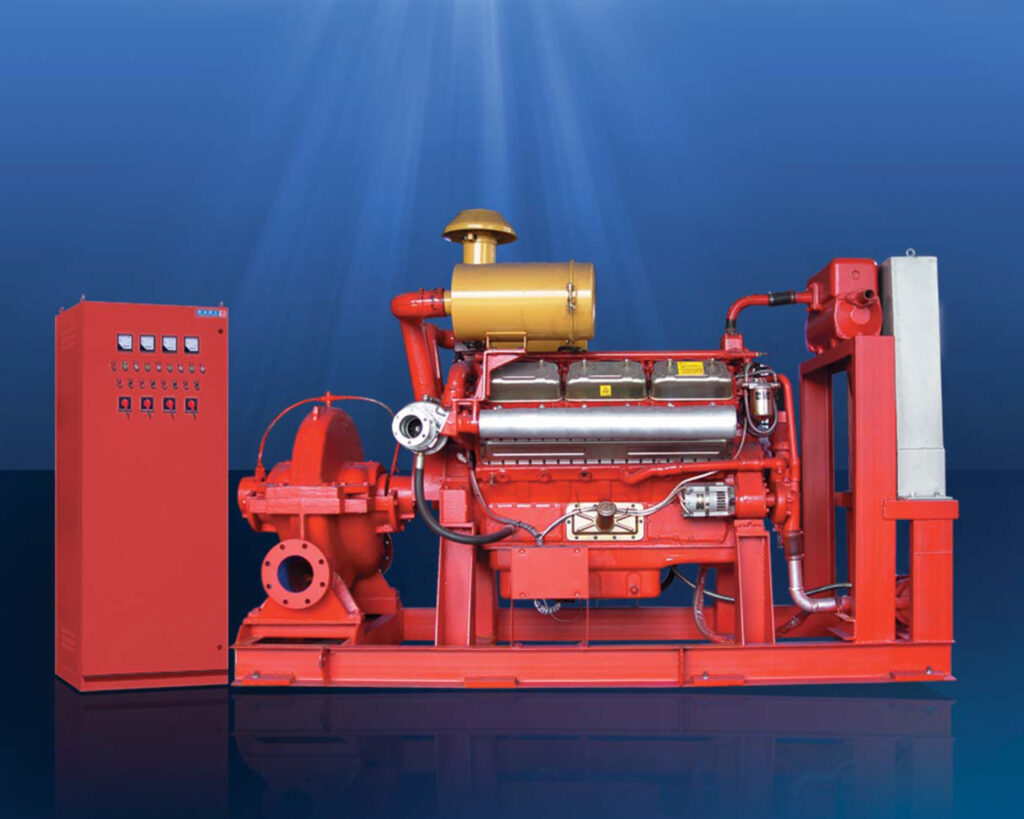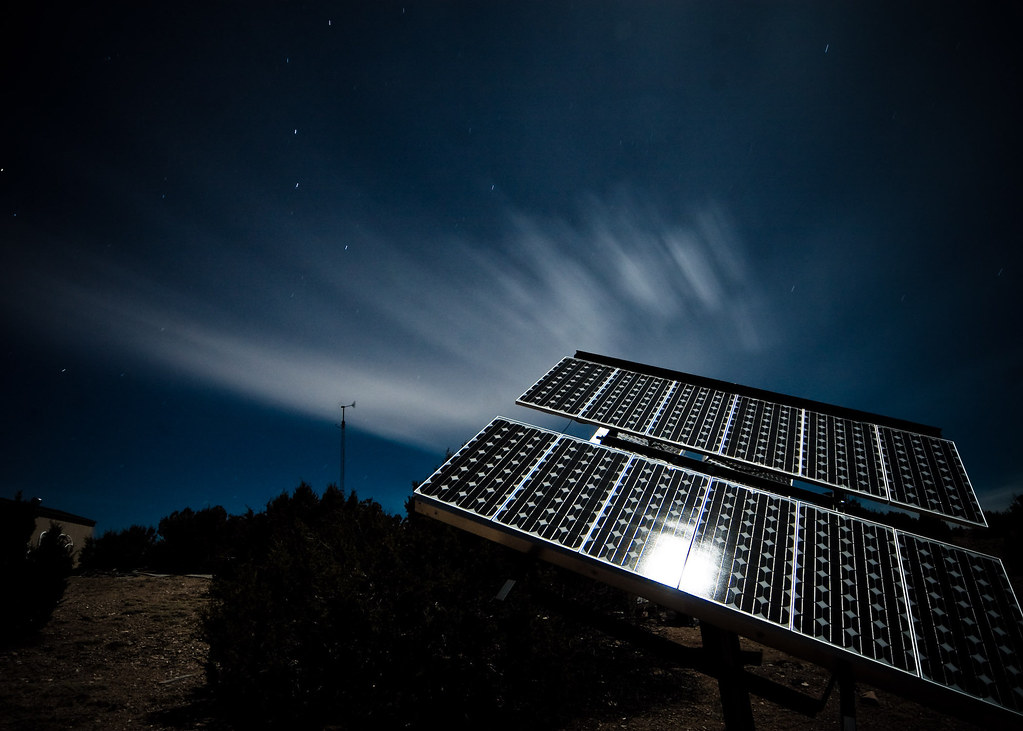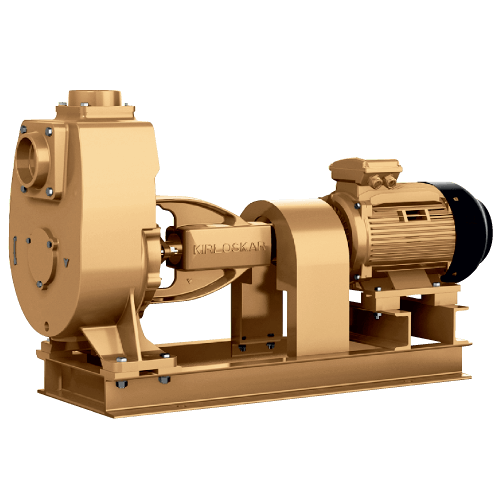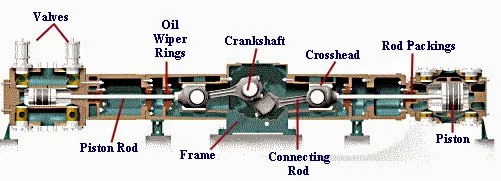The enormous amount of focused energy that compressed air is able to produce is used for a wide-ranging set of activities. These include drilling, combustion, metalwork, filtration, chemical processing and moulding. While performing these operations, plenty of dust and particulate matter could get stuck in the compressor. In the short run, this impacts the performance of the compressor, while over the longer horizon, it could even affect its longevity due to wear and tear, or over-exertion. Air filters are therefore necessary to maintain the health and performance of your compressor.
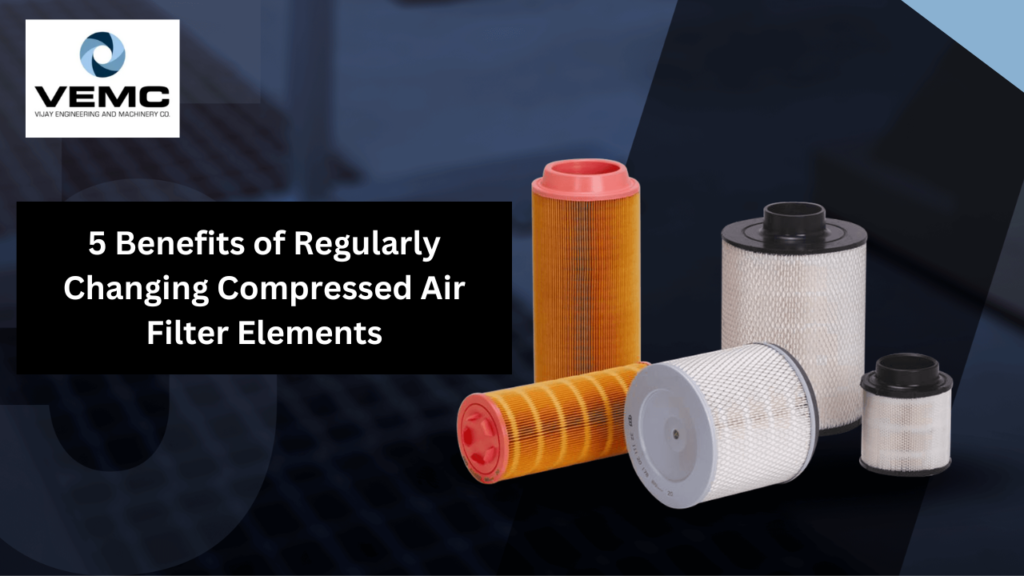
Why air filter elements must be changed regularly
A compressed air filter typically has a coalescing filter, a dry particulate matter element or both. The former is used to pull and cohere water droplets or oil from the air while the latter helps trap dry particulates and microbes. Both use removable filter element. This is because in a typical industrial setup, these filters are under serious strains due to pressure and temperature fluctuations, corrosive chemicals, varying air speeds, extreme humidity etc. These require a change at regular intervals.
Let’s understand in detail the 5 benefits that arise from regular replacement of air filter elements:
1. Safety
By regularly changing your air filter, you’re committing yourself to particulate-free air on the factory floor. This will protect your employees from exposure to dust particles and microbes, where air compressors are being used for air conditioning. Besides this will also prevent accidents from unwanted overheating or system malfunction.
2. Cost control
By replacing the air filters regularly, you are reducing the risks of sudden breakdown and also the costs associated with it, such as downtime and expensive repairs. A saturated air compressor which doesn’t have a fresh air filter has to work harder causing more wear and tear, and also consuming more energy.
3. Efficiency
By enabling easy flow of air through your compressor, fresh air filter elements are highly useful in ensuring greater efficiency and productivity in your facility. The adsorption dryer beds for instance can work with maximum efficiency when new filters are used.
4. Boosting longevity
Filters are generally manufactured using borosilicate glass. If air filters are not replaced regularly, this glass can develop tiny holes causing accelerated contaminant flow. Overall, the regular replacement of air filters can help in ensuring longevity of the compressor system as it helps avoid the mechanical wear and tear, damages and corrosive glitches.
5. Reassurance
Having regularly replaced air filters can give you and your employees a sense of reassurance that the environment of the factory floor is safe, and the air is healthy to breathe. There are also lesser chances of breakdown and downtime, which could be a cause of serious business loss.
VEMC is ISO 9001:2015 certified and a pioneer in the field of electromechanical engineering products, allied equipment, and services. With more than 72 years of industry experience, we provide best-in-class solutions and customized support in this field. We are the authorised dealers of Elgi air compressors. Contact us at +919819907445 and we would be happy to help you determine the right air compressor for your needs.


